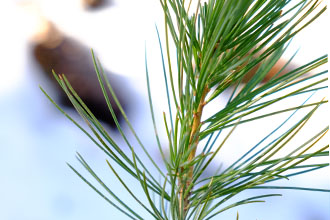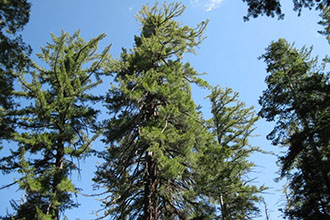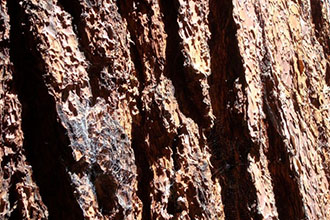Taxonomy: Kingdom - Plantae (plants). Subkingdom - Tracheobionta (vascular plants). Superdivision - Spermatophyta (seed plants). Division - Coniferophyta (conifers). Class - Pinopsida. Order - Pinales. Family - Pinaceae (pine). Genus - Pinus L. Species - Pinus lambertiana Douglas
Ecology: Sugar pine is primarily an early-seral to seral species. It is rarely found in pure stands. When sugar pine is found to be the dominant species in old-growth stands, it most often was dominant to begin with or released by natural causes. White fir would usually be the climax species in mixed conifer forest in the absence of any natural disturbances. When disturbance does occur, it creates gaps in which sugar pine is well adapted to grow.



